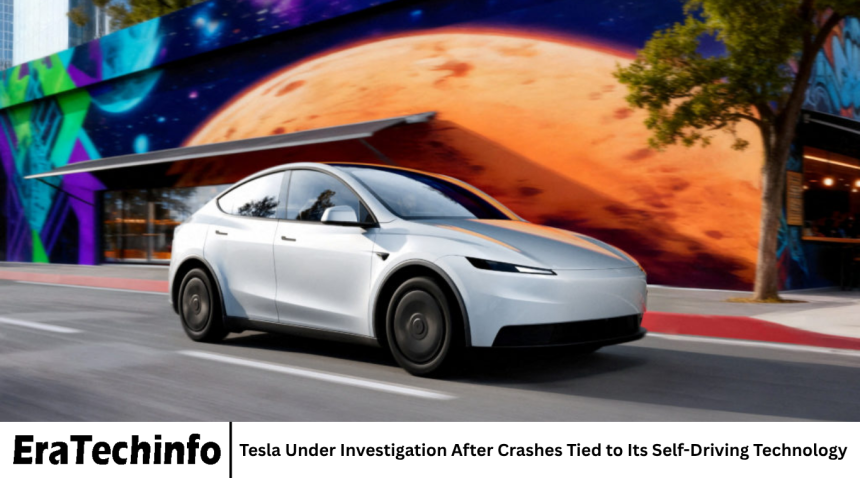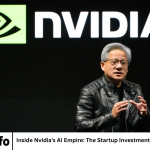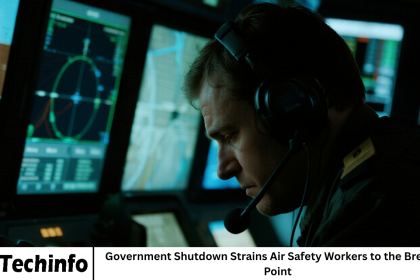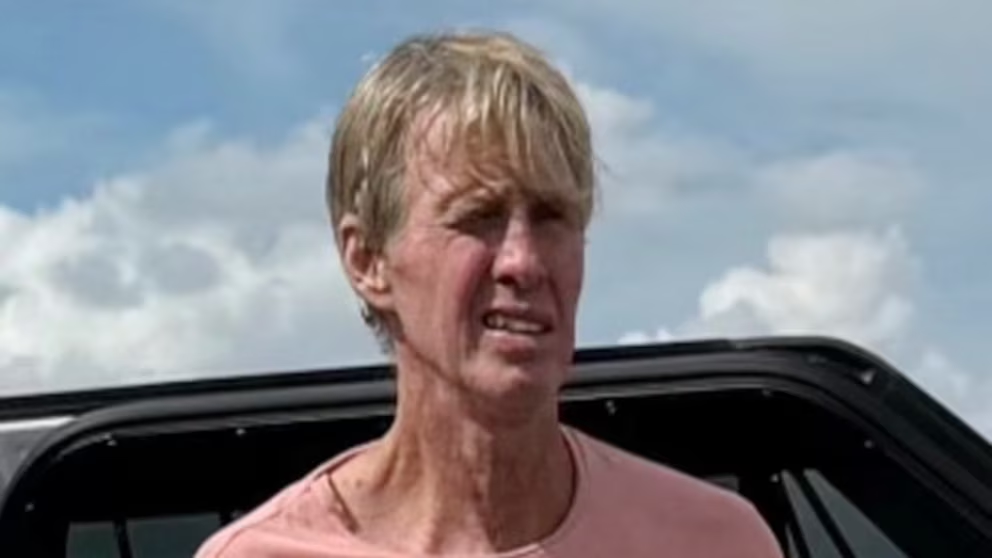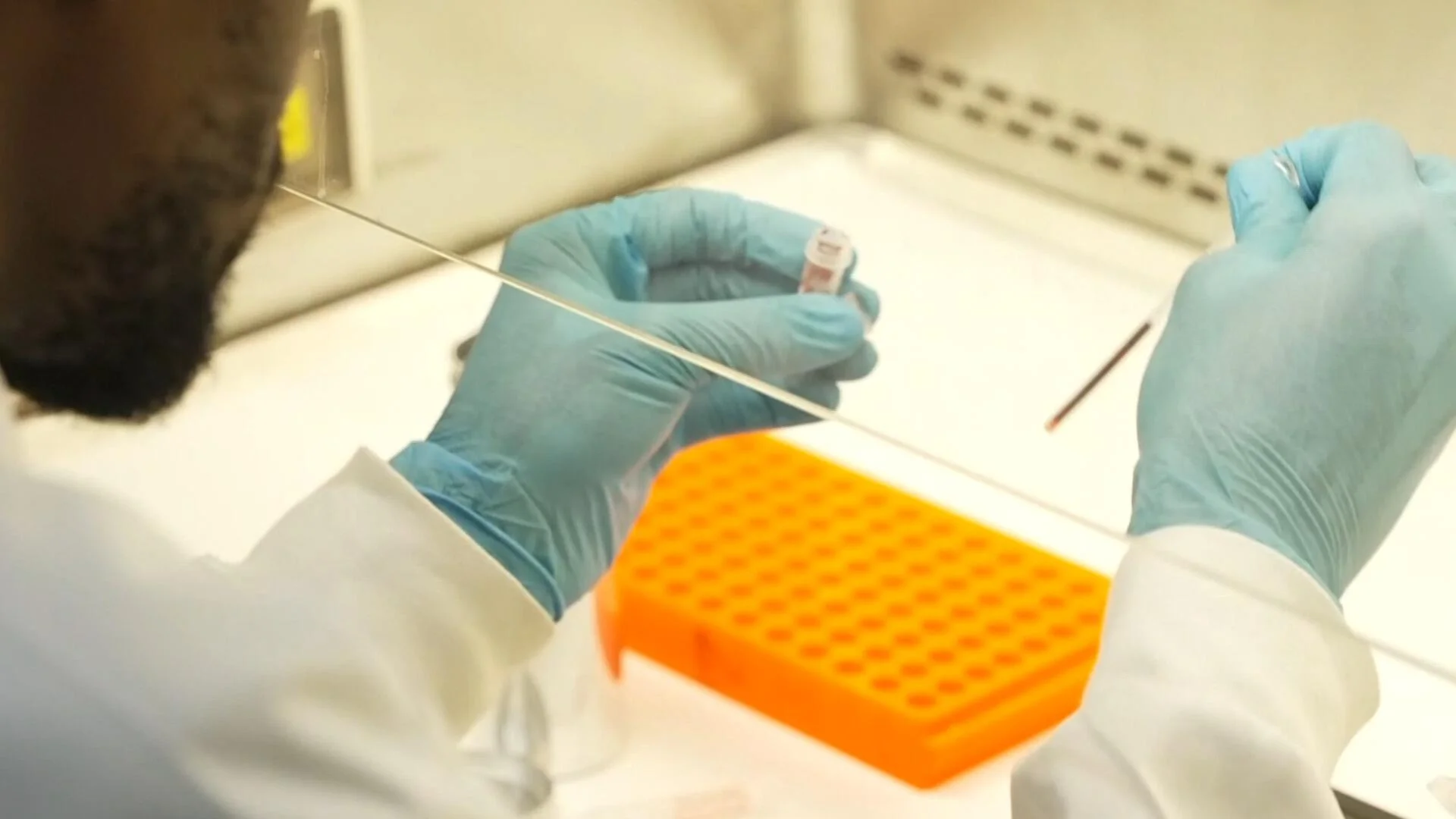Tesla, the world’s most recognized electric vehicle (EV) maker, is once again in the spotlight—this time for safety concerns surrounding its self-driving technology. After several crashes involving Tesla’s Autopilot and Full Self-Driving (FSD) systems, U.S. authorities have launched a formal investigation into whether the company’s advanced driver-assistance features pose risks to public safety.
Elon Musk, Tesla’s CEO, has long promoted these systems as the future of transportation. But critics argue that the technology is still far from being fully autonomous and that its branding can mislead drivers into overestimating its capabilities.
This article explores the details of the investigation, the controversies surrounding Tesla’s self-driving features, the impact on public trust, and what this means for the broader autonomous vehicle industry.
How Tesla’s Self-Driving System Works
Tesla’s self-driving technology is divided into two main components: Autopilot and Full Self-Driving (FSD).
Autopilot is designed to assist drivers with steering, acceleration, and braking within a lane, primarily on highways. It can maintain speed, follow traffic, and handle lane changes with driver supervision.
Full Self-Driving, on the other hand, aims to enable Tesla vehicles to navigate city streets, handle intersections, and even park themselves. Despite its ambitious name, FSD still requires the driver to remain alert and ready to take control at any time.
Both systems rely on a combination of cameras, sensors, and AI algorithms to interpret the environment. Unlike other automakers, Tesla does not use LiDAR technology, which many experts consider essential for high-level autonomy. Instead, it depends solely on vision-based AI—an approach that Musk claims mimics the way humans drive.
The Recent Crashes That Sparked the Probe
The current investigation was triggered by a series of crashes where Tesla vehicles, operating under Autopilot or FSD, collided with stationary vehicles or failed to react to road hazards. Some of these accidents resulted in serious injuries and fatalities.
Reports indicate that the vehicles involved did not detect obstacles in time or failed to disengage automation when human control was needed. The U.S. National Highway Traffic Safety Administration (NHTSA) and the National Transportation Safety Board (NTSB) are now examining whether Tesla’s technology or driver misuse was the primary cause.
These crashes have raised urgent questions about the safety of partially automated driving systems and whether Tesla’s marketing creates a false sense of security among drivers.
What Investigators Are Looking Into
Authorities are focusing on several key areas:
-
System Limitations: How well Tesla’s Autopilot and FSD detect objects, interpret road signs, and handle complex driving scenarios.
-
Driver Monitoring: Whether Tesla’s system adequately ensures that drivers remain attentive while automation is active.
-
Data Accuracy: How Tesla collects and reports crash data related to its automated driving features.
-
Public Communication: Whether the company’s use of terms like “Full Self-Driving” is misleading to consumers.
Investigators are also reviewing Tesla’s safety updates and over-the-air software changes to determine if the company acted responsibly after previous incidents.
Tesla’s Response to the Investigation
Tesla has maintained that its self-driving systems are safer than human drivers when used correctly. The company frequently cites internal data suggesting lower crash rates per mile when Autopilot is active compared to manual driving.
Elon Musk has publicly defended the technology, stating that the media exaggerates incidents while ignoring the millions of safe miles driven by Tesla vehicles. He insists that self-driving AI is the key to reducing traffic deaths and transforming global transportation.
Tesla’s response to investigations has generally been cooperative but cautious. The company provides data logs and technical explanations but often disputes the interpretation of events by regulators.
The Debate Over Self-Driving Terminology
One of the biggest controversies surrounding Tesla is how it markets its technology. The term “Full Self-Driving” implies complete vehicle autonomy, but the system still requires constant driver supervision.
Critics argue that this terminology confuses consumers and encourages overreliance on automation. Some Tesla owners have even posted videos showing their cars driving unattended—behavior that violates Tesla’s own safety guidelines and local traffic laws.
Regulators and safety experts have called for clearer labeling to help the public understand that Tesla’s current systems are not capable of true autonomous operation.
The Challenge of Driver Attention
A major concern in automated driving is the so-called “automation complacency.” When drivers trust technology too much, they become less attentive and slower to respond during emergencies.
Tesla vehicles feature driver-monitoring systems that track steering wheel movements, but unlike some competitors, they don’t always use cameras to monitor eye movement. This allows some drivers to “cheat” the system, tricking the car into thinking they are paying attention when they are not.
Newer Tesla models have added in-cabin cameras for enhanced monitoring, but regulators argue that more stringent measures are needed to prevent misuse.
The Broader Context: Self-Driving Cars Under Scrutiny
Tesla is not the only automaker facing challenges with self-driving technology. Other companies, including Cruise and Waymo, have experienced setbacks and investigations after incidents involving their autonomous vehicles.
These cases highlight the difficulty of developing safe and reliable self-driving systems in real-world conditions. Weather, unpredictable human behavior, and complex urban environments make full automation an ongoing technical challenge.
The Tesla investigation underscores the broader question: How ready is society for self-driving cars, and how much responsibility should companies bear when things go wrong?
Impact on Tesla’s Reputation and Stock
News of the investigation has put pressure on Tesla’s public image and stock price. Investors are concerned that safety issues could slow down regulatory approvals and affect consumer confidence.
In the short term, these probes may lead to software updates, stricter oversight, or even recalls. However, Tesla’s loyal customer base and strong brand recognition may help it weather the storm.
Over the long term, Tesla’s ability to prove that its self-driving technology can significantly reduce crashes could restore trust and reinforce its position as a leader in autonomous driving.
How Tesla’s Technology Compares to Competitors
Tesla’s approach to autonomy differs from most of its rivals. While companies like Waymo and Cruise rely on high-definition mapping and LiDAR sensors for precision, Tesla uses an “AI vision” approach that processes visual data from cameras—similar to how humans perceive the world.
This makes Tesla’s system more scalable but also more prone to environmental challenges like glare, fog, and low visibility. Despite these limitations, Tesla’s continuous over-the-air updates allow it to refine its algorithms faster than traditional automakers.
Still, many experts believe that a hybrid approach—combining camera vision with radar and LiDAR—might offer the best balance of safety and performance.
Public Reactions and Ethical Questions
The crashes and subsequent investigation have reignited public debate about the ethics of deploying partially autonomous vehicles on public roads.
Should companies be allowed to test evolving AI systems on regular drivers? Are consumers fully informed about the risks? And who is ultimately responsible when a self-driving car crashes—the driver, the manufacturer, or the algorithm?
These questions go beyond Tesla. They reflect the broader societal challenge of balancing innovation with accountability in the age of automation.
Regulatory Pressures and Future Standards
The investigation could influence how governments regulate autonomous driving in the coming years. Regulators may demand stricter testing requirements, more transparent data sharing, and clearer public communication from automakers.
Some experts suggest that Tesla’s situation could accelerate the introduction of federal safety standards for self-driving systems—something that currently varies across states.
For Tesla, this means it will need to maintain a delicate balance between innovation and compliance, ensuring that technological progress doesn’t outpace public trust.
The Role of Artificial Intelligence in Driving Safety
Despite recent incidents, many experts agree that AI still holds immense potential to make roads safer. Human error remains the leading cause of most accidents, and advanced driver-assistance systems can help reduce fatigue, distraction, and reaction delays.
The key challenge is ensuring that AI systems are trained with diverse, real-world data and that drivers understand their limitations. Tesla’s extensive fleet gives it access to billions of miles of driving data, a powerful resource for improving future safety.
If used responsibly, this data-driven approach could eventually fulfill Elon Musk’s vision of achieving near-zero fatalities through automation.
The Road Ahead for Tesla
The investigation will likely take months, possibly years, to conclude. In the meantime, Tesla is expected to release more software updates to improve the reliability of Autopilot and FSD.
The company is also expanding its AI research and testing, using advanced neural networks and simulation environments to teach its cars to handle complex situations.
If Tesla can demonstrate measurable safety improvements and satisfy regulators, it could strengthen its case for wider adoption of self-driving technology worldwide.
Frequently Asked Questions
What triggered the investigation into Tesla’s self-driving system?
The investigation began after multiple crashes involving Tesla vehicles using Autopilot or Full Self-Driving, some resulting in fatalities.
What is the difference between Autopilot and Full Self-Driving?
Autopilot assists with steering and speed control on highways, while Full Self-Driving aims to navigate city streets but still requires driver supervision.
Is Tesla’s Full Self-Driving feature fully autonomous?
No, Tesla’s Full Self-Driving system is not fully autonomous and requires drivers to remain alert and ready to take control at all times.
How does Tesla monitor driver attention?
Tesla’s system uses steering wheel input and, in some models, in-cabin cameras to ensure drivers are paying attention while automation is active.
How does Tesla’s approach differ from competitors?
Tesla relies on vision-based AI using cameras, while competitors like Waymo and Cruise use LiDAR and high-definition mapping for navigation.
What could happen after the investigation?
Depending on the findings, regulators may require software changes, recalls, or stricter oversight of Tesla’s self-driving systems.
What is the future of self-driving cars?
Self-driving cars are expected to grow more capable over time, but widespread adoption depends on improving safety, public trust, and clear regulations.
Conclusion
Tesla’s ongoing investigation marks a critical moment in the evolution of self-driving technology. It highlights both the promise and the peril of letting machines take the wheel.
While Tesla remains at the forefront of autonomous driving innovation, these incidents serve as a reminder that even the most advanced technology requires human vigilance, regulatory oversight, and ethical responsibility.
The future of driving may indeed be autonomous, but it must be built on a foundation of safety, transparency, and trust. Tesla’s journey through this investigation will help define what that future looks like.




